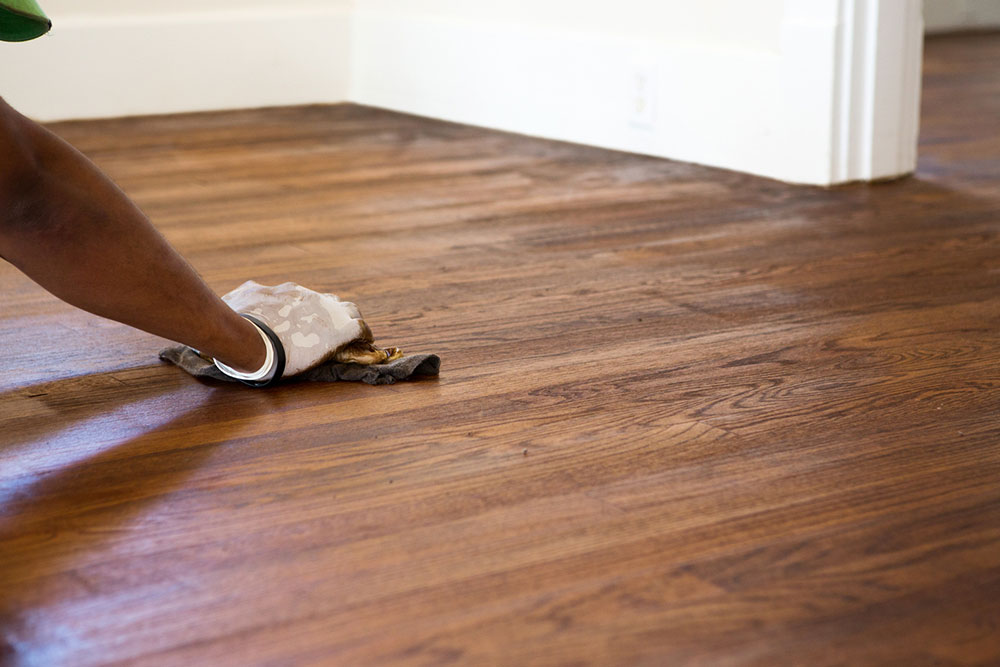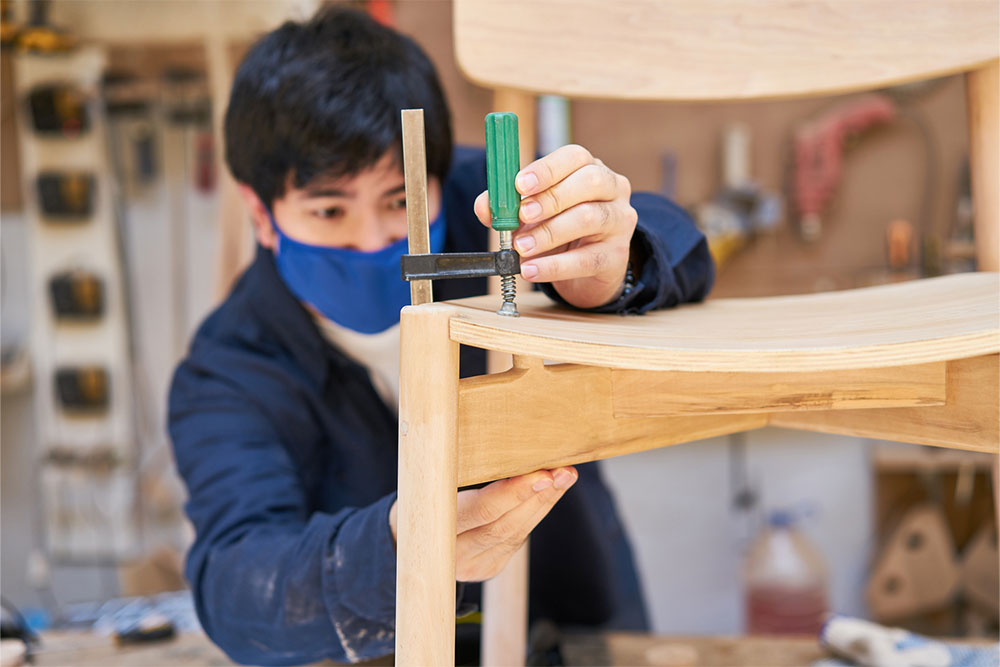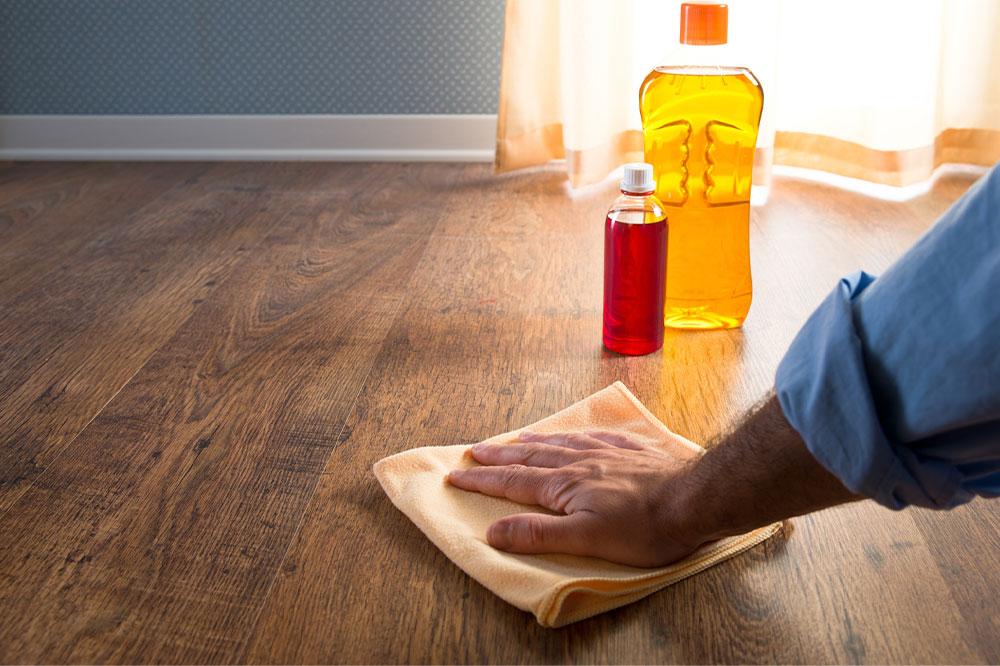Ultimate Guide to Restoring and Refinishing Wooden Surfaces
This comprehensive guide explores the entire wood refinishing process, from assessment to finishing techniques. Learn about costs, methods, and tips for finding expert professionals nearby to revitalize your furniture and flooring effectively. Perfect for homeowners and DIY enthusiasts, this article helps you make informed choices in restoring your wooden items sustainably and affordably.

Ultimate Guide to Restoring and Refinishing Wooden Surfaces
Revamping old furniture, hardwood flooring, or kitchen cabinets through wood restoration is an affordable and eco-conscious way to enhance their appearance. Here’s what you should know about the refinishing process for wooden items.
Understanding the Wood Refinishing Process
Refinishing wood involves multiple stages to turn worn surfaces into eye-catching highlights. Here's an outline of how the process typically unfolds:
Evaluation
The project begins with an in-depth evaluation of the timber's current condition. Experts check for damages, scratches, dents, and existing finish quality.
Preparation
Proper preparation is essential before starting the refinishing. This includes cleaning, sanding, and smoothing the surface for an even application of the new finish.
This step ensures optimal adhesion and a flawless look for subsequent layers.
Staining (Optional)
If changing the wood color or highlighting its natural grain is desired, staining is an optional step. It customizes the final aesthetic of your woodwork.
Applying the Finish
Depending on your preferences and the type of wood, finishes such as polyurethane, varnish, shellac, or lacquer are used. Each provides different durability and visual effects.
Buffing and Polishing
Once the finish dries, skilled artisans buff and polish the surface to create a sleek, glossy look.
Final Inspection
The last step involves checking the quality of the finish to ensure it meets your expectations and standards.
Refinishing Techniques
Different methods are used based on the project and desired outcome:
Sanding and Recoating
This involves removing the old finish by sanding and applying a new one. It’s effective for floors, furniture, and cabinetry.
Chemical Stripping
Chemical solutions are used to strip off old paint, stains, or finishes, especially on antique furniture.
Re-coating Technique
Applying a new finish layer without extensive sanding is ideal for touch-ups and maintaining the original look.
Restoration Approach
Focuses on preserving the wood's natural appearance, often used for antique items.
Spray Finish
Using spray guns, professionals evenly distribute finishes over large surfaces like floors for uniform coverage.
French Polishing
This fine technique uses shellac pads for a shiny, lustrous finish, often on high-end furniture to highlight wood’s natural beauty.
Hand-Rubbed Finish
Applying finish by hand with cloth gives precise control, popular for luxury furniture pieces.
Bleaching
To lighten wood or eliminate dark stains, bleaching creates a fresh canvas for further refinishing.
Factors Affecting Costs
The cost varies based on several factors:
Wood Type
Exotic or rare woods tend to cost more due to specialized labor and materials.
Extent of Surface Area
Larger projects like floors are more expensive than small furniture pieces.
Surface Condition
Heavily damaged or stained surfaces may require more work, increasing costs.
Type of Finish
Premium finishes generally come at a higher price compared to standard options.
Additional Services
Special requests like custom colors or intricate staining can add to overall expenses.
Locating Wood Refinishing Experts
Finding reliable professionals nearby is easy with these methods:
Online Search and Directories
Use search engines such as Google or Bing to type “wood refinishing near me.” Also, browse online directories like Yelp or Yellow Pages by entering your location for local listings.
Community Business Listings
Local chambers of commerce or city websites often feature directories of service providers. Check these for trusted local specialists.
Visit Home Improvement Centers
Check bulletin boards or ask staff at nearby stores and lumberyards for recommendations on skilled refinishing contractors.
Join Craft Associations
Reach out to woodworking or furniture-making groups in your area, which often provide member contacts or referrals.
Wood refinishing restores beauty and extends the life of your wooden items. Understanding the process, options, and costs helps you make informed decisions for your projects.








